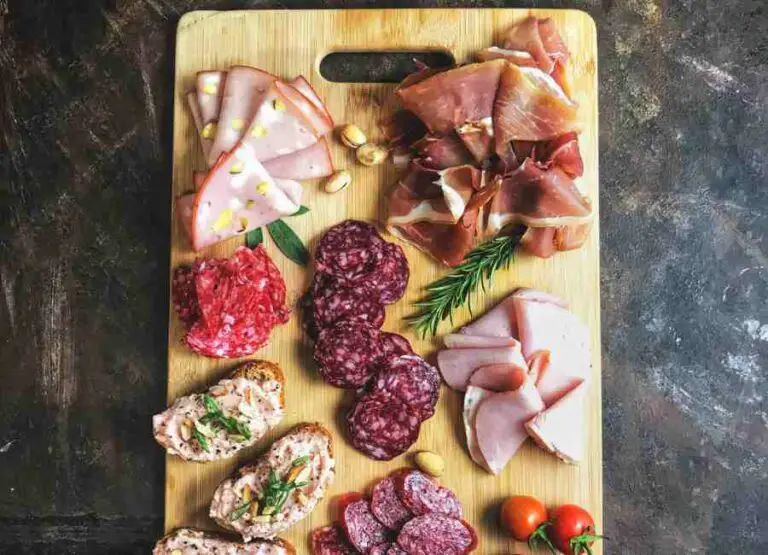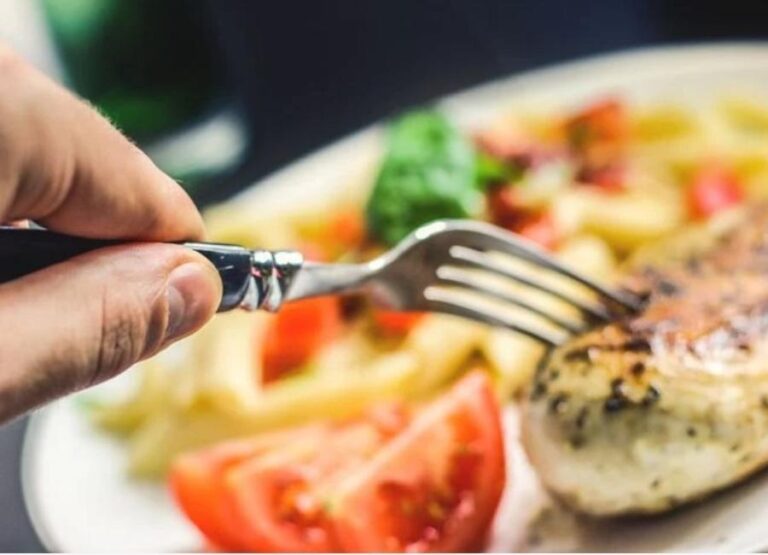What Are The Methods Of Meat Preservation?
While meat is an important source of protein and a mainstay in many diets, it may decay very fast if improper preservation techniques are not used.
There are several ways to preserve meat fresh and delectable for longer, ranging from age-old practices like curing and smoking to cutting-edge procedures like vacuum sealing and refrigeration.
This article is for you whether you are a farmer, hunter, or just someone who wants to make sure their meat lasts as long as possible.
Methods Of Meat Preservation
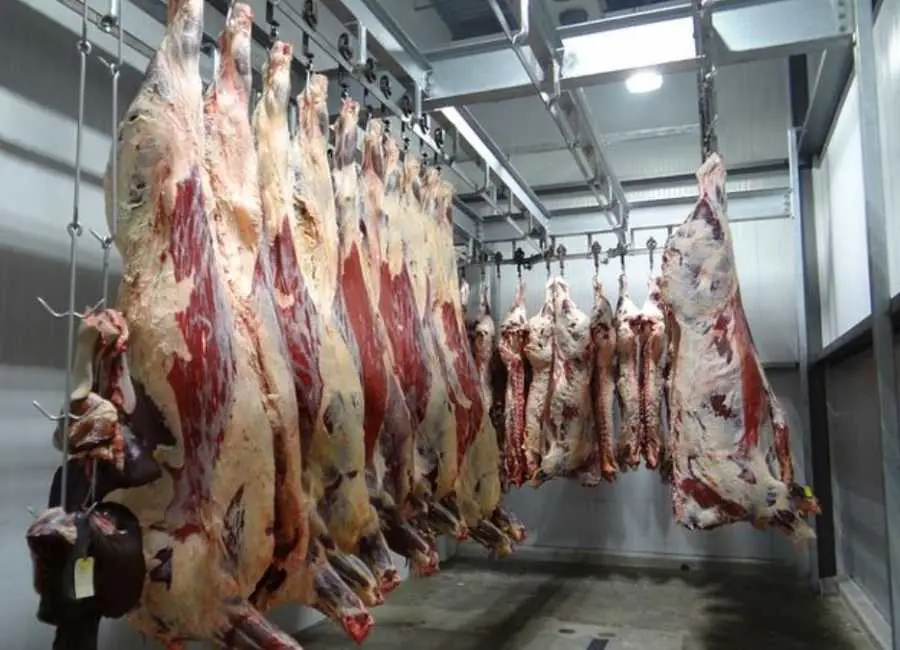
We will be discussing the method of meat preservation in two ways the traditional and modern methods.
Traditional Methods of Meat Preservation
Here are the two most common traditional methods of meat preservation:
Curing
Meat curing is the process of preserving raw meat or fish by using salt, sugar, nitrates, nitrite, or a combination of these ingredients.
The purpose of curing meat is to preserve it, enhance its flavor, and prevent the growth of bacteria that can cause spoilage or foodborne illness.
The curing process can take anywhere from a few days to several months, depending on the desired outcome and the size of the meat.
Meat curing can help to preserve food and improve the flavor, texture, and safety of meats.
It also helps to reduce the risk of spoilage and microbial growth, ensuring that the meat is safe to consume.
There are two main types of meat curing: dry curing and wet curing.
Dry curing involves rubbing the meat with a mixture of salt, sugar, and other seasonings, while wet curing involves immersing the meat in a brine solution or applying a marinade.
The meat curing process includes:
Meat Selection: Select only the best cuts of meat, such as bacon, ham, or pig belly.
Trimming: To ensure an equal cure, trim away any extra fat, gristle, or sinew.
Brining: To preserve and taste meat, it is immersed in a solution of water, salt, sugar, and nitrates or nitrites. Usually, the brine is kept in the fridge for a few days so that the taste may permeate the meat.
Drying: The meat is taken out of the brine after brining and dried. As a result, the meat’s surface might form a pellicle, a sticky covering that aids in trapping smoke and gives cured meat its distinctive flavor and texture.
Aging: Finally, the meat is stored for several weeks or months at cool temperatures to allow the flavors to fully develop. The aging process allows the meat to tenderize and the flavors to intensify.
Learn more about meat curing.
Smoking
Using smoke from burning wood, charcoal, or other materials, meat smokers may cook and preserve meat, fish, or other food products.
This procedure not only enhances the flavor and aroma of the food, but also contributes to its preservation by lowering the moisture content, which can cause rotting, and by creating compounds that inhibit the development of germs.
There are numerous ways to smoke food, including hot smoking, which involves cooking the food at high temperatures, and cold smoking, which involves cooking the food at low temperatures for several hours or even days.
The kind of wood used to produce the smoke has an impact on how the meat tastes as well.
Hickory, mesquite, and apple wood are common options.
Learn more about flipping meat during smoking and smoke meat indigestion.
Modern Methods of Meat Preservation
Here are some common modern methods of meat preservation:
Refrigeration
When meat is refrigerated, it is kept at a low temperature, usually below 40°F (4°C), in order to preserve it.
By doing this, bacteria and other microbes that might ruin food and cause sickness are slowed down in their growth.
Meat should always be kept chilled to help avoid the growth of hazardous bacteria that might be harmful if ingested.
A typical residential refrigerator, a commercial-grade refrigerator, or a mix of the two are all viable options for storing meat.
It is crucial to make sure that meat is properly wrapped to prevent contamination and that the temperature is maintained consistently and at an acceptable level when it is kept in a refrigerator.
Canning
In order to avoid rotting and enable long-term preservation, meat is prepared and sealed in airtight containers (usually cans) as part of the meat canning process.
Cooking the meat, sealing it in a can with a sterilized liquid or sauce, and then heating the sealed can to a high temperature to kill off any bacteria or other germs that may cause deterioration are the standard steps in the process of canning meat.
The meat’s quality and taste are also preserved by the high temperature.
It is a practical and shelf-stable food source since once the can is sealed, it may be kept for a number of years without refrigeration.
Freezing
By lowering the temperature of the meat below the freezing point of water, or 0 °C (32 °F), meat is preserved by the process of freezing.
This helps to retain the quality, taste, and nutritional content of the meat by reducing the growth of germs and other microbes.
Meat may be frozen using a variety of techniques, such as blast freezing, which quickly reduces the flesh’s temperature, and gradual freezing, which takes longer but helps to reduce the creation of ice crystals inside the meat.
The method chosen will depend on the kind of meat being frozen, the intended outcome, and the equipment available.
To keep beef safe for consumption, it must be properly frozen.
This usually entails marking the meat with the date it was frozen so that it may be used within a reasonable amount of time and putting the meat in airtight packaging to prevent freezer burn.
Depending on the kind of meat and the storage temperature, the suggested storage period for frozen meat varies, but in general, it shouldn’t be stored in the freezer for more than 6 to 12 months.
Vacuum Sealing
In order to vacuum seal a bag or container before it is sealed, the air is taken out to preserve meat.
By limiting the development of bacteria, mold, and yeast that lead to spoiling, this technique helps to increase the shelf life of perishable goods including meat, fruits, and vegetables.
Meat that has been vacuum-sealed is exposed to less oxygen, which slows the oxidation process and keeps the meat’s freshness, taste, and nutritional content for a longer period of time.
Home cooks and chefs often use vacuum sealing as a quick and affordable way to keep food.
It is also frequently used for sous vide cooking, in which food is sealed before being cooked in a water bath at a precise temperature.
Learn more about cooking meat and cancer.
Factors to consider when choosing a meat preservation method
There are several factors to consider when choosing a meat preservation method, including:
- Taste and texture: When selecting a preservation method, it is important to take into account how the method will affect the taste and texture of the meat.
- Food safety: Food safety is a key concern when preserving meat, therefore it’s crucial to use a technique that complies with food safety regulations and recommendations.
- Cost: The prices associated with various preservation techniques vary. For instance, canning can be a more affordable technique of preservation than vacuum sealing.
- Equipment and material accessibility: When selecting a preservation method, this element should also be taken into account because some preservation techniques may need specialized tools or materials that aren’t always available.
- Meat kind: Each type of meat has varied preservation needs. For instance, compared to beef or pig, chicken requires different preservation techniques.
- Usage: The meat’s intended use will influence the choice of preservation technique. For instance, a different preservation technique may be employed for meat meant for immediate consumption as opposed to meat intended for long-term storage.
- Shelf life: The preferred meat shelf life will also influence the choice of meat preservation technique. While certain techniques, like freezing, might prolong meat’s shelf life for several months, others, like smoking, may only do so for a few days.
Conclusion
In conclusion, meat preservation techniques are an important factor in guaranteeing the durability and safety of meat products.
The optimal way should be chosen for your particular demands and objectives because each method has benefits and drawbacks.
It’s crucial to follow proper food handling procedures to avoid foodborne disease, whether you choose more modern approaches like vacuum sealing and refrigeration or more traditional ones like curing and smoking.
Additionally, you must be aware of the distinctions between short-term and long-term preservation techniques in order to select the best one for the amount of time you have to preserve the meat.
No matter the method you use, good handling, storage, and sanitation are essential for optimal meat preservation.
Understanding the various ways of meat preservation can help you keep your meat safe and fresh for longer, saving you money and minimizing wastage.
As a result, whether you’re a farmer, hunter, or just someone who wants to ensure that their food lasts as long as possible, it’s important to take the time to research the various techniques and select the one that best suits your requirements.
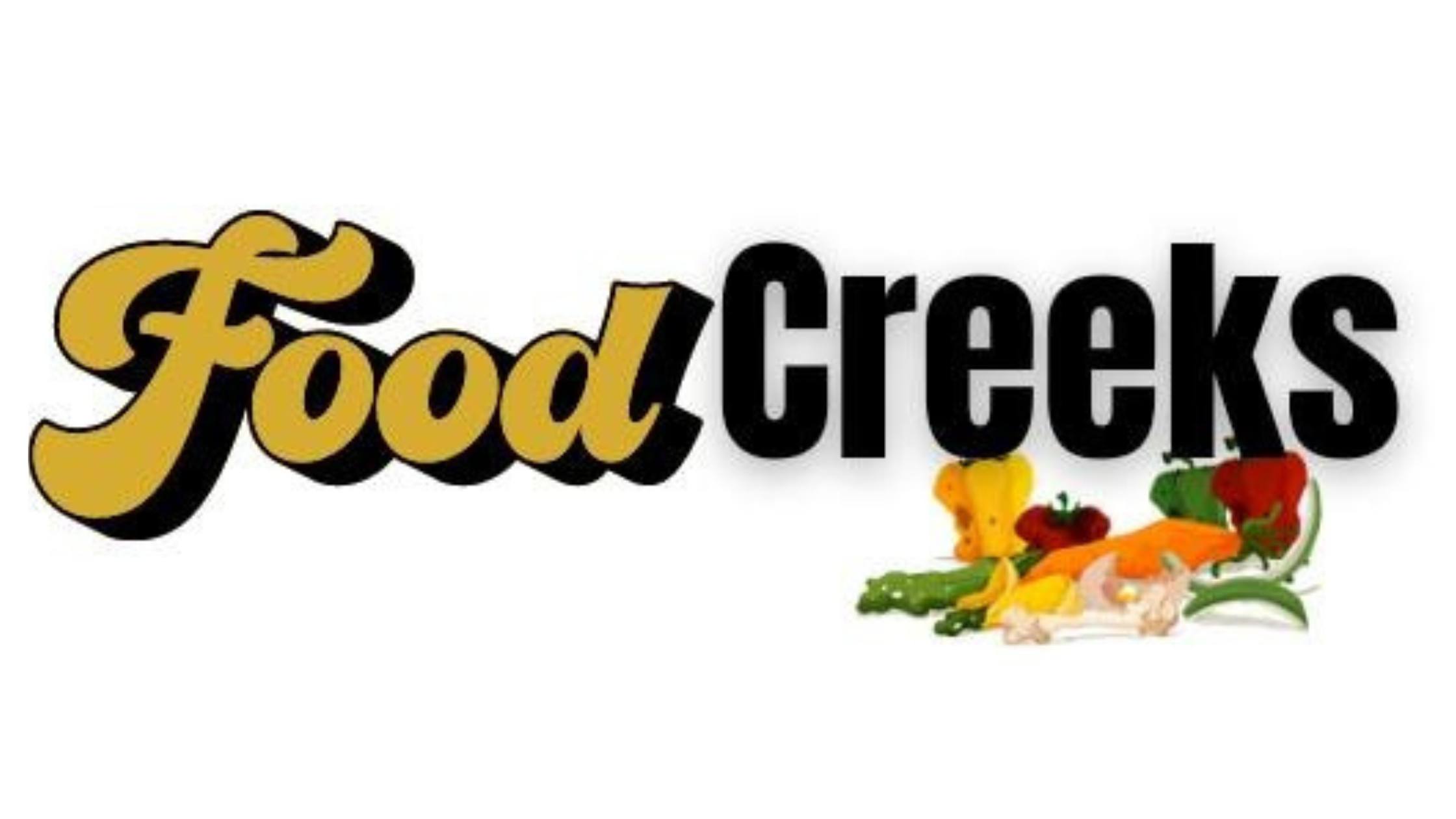
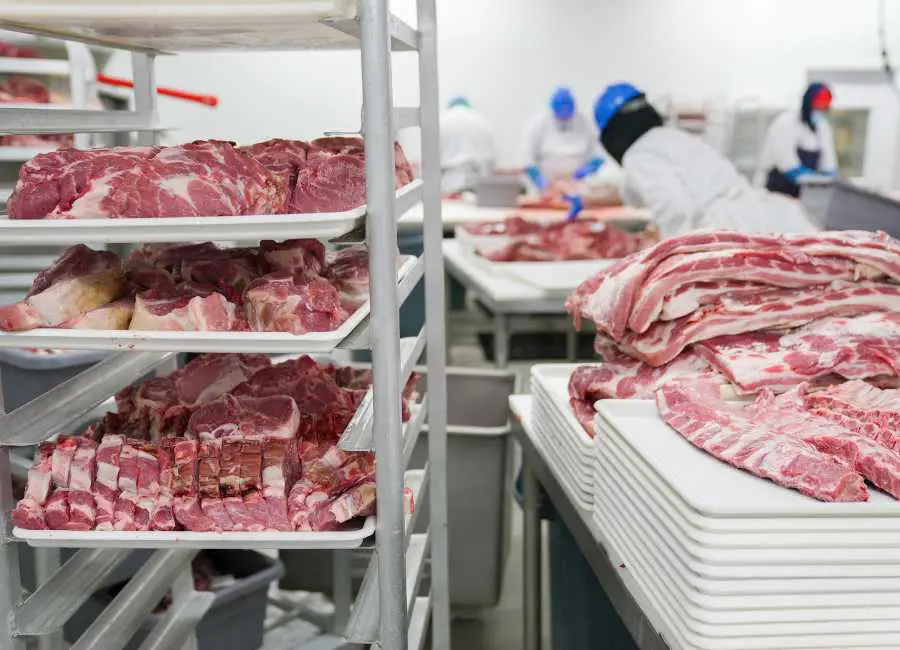
![Are Vegetarian Meats Healthy [Explained]](https://foodcreeks.com/wp-content/uploads/2023/02/Are-Vegetarian-Meats-Healthy-768x555.jpg)

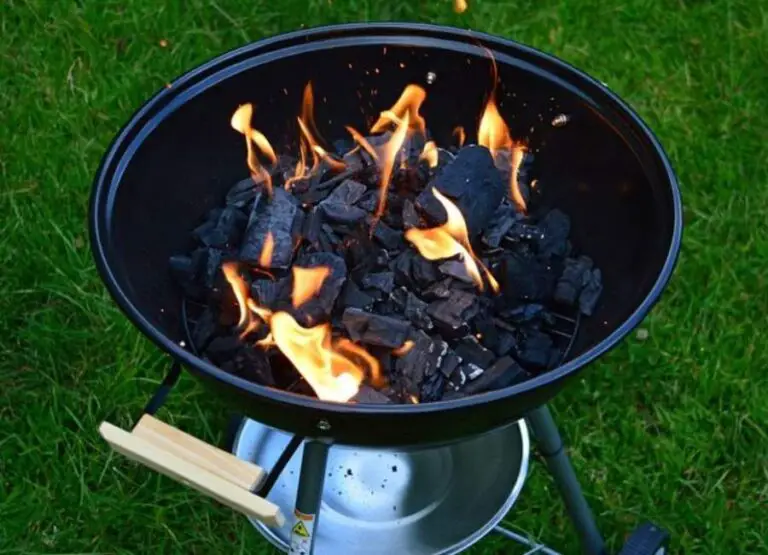
![Can Pregnant Women Eat Uncured Meat [Answered]](https://foodcreeks.com/wp-content/uploads/2023/02/Can-Pregnant-Women-Eat-Uncured-Meat-768x555.jpg)
